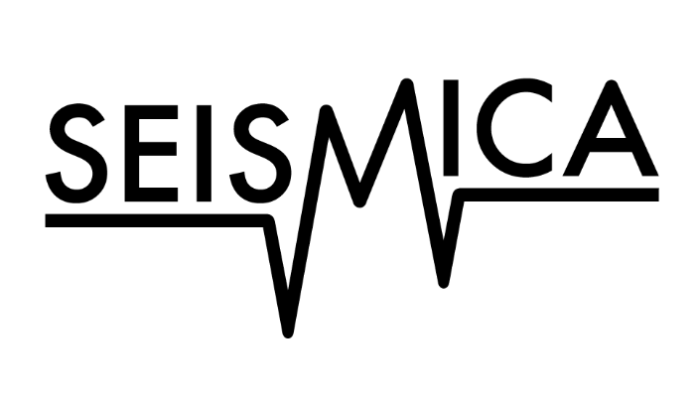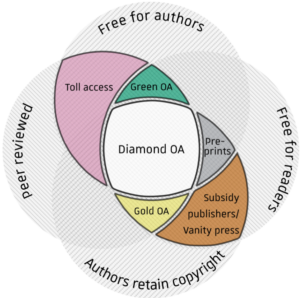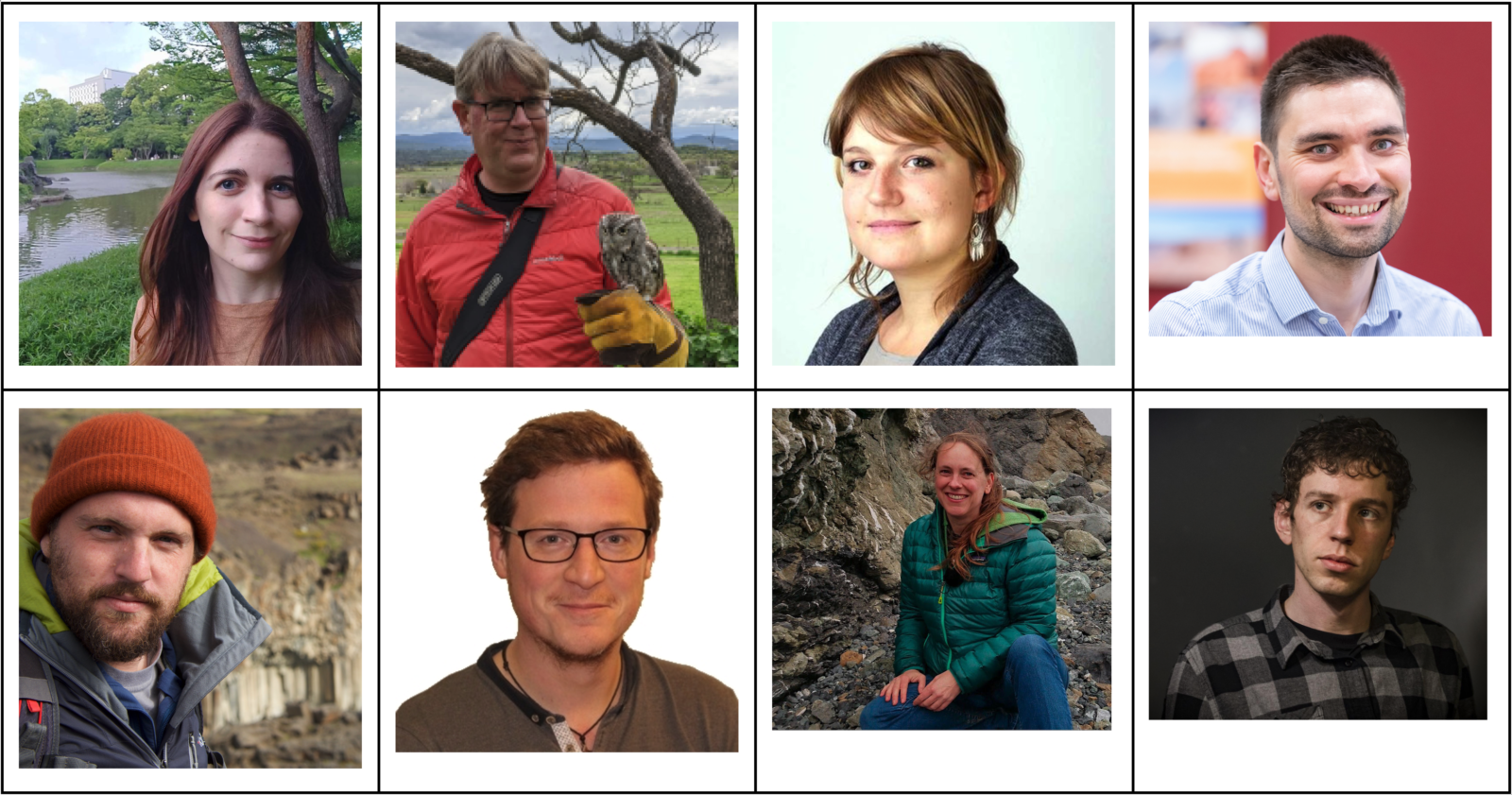
It all started with a tweet from @NatureNews (the news team of Springer Nature):
In general, academics welcome Open Access (OA) initiatives; however, this particular tweet has been met with stiff criticism. Unethical profit-seeking, financial gatekeeping, academic elitism, and straining scientific budgets were commonly raised concerns among the many retweets and replies. Unfortunately, these concerns do not specifically apply to the significant OA fees raised by Nature; with the move towards Plan-S compliant publishing, researchers are increasingly more required to make their work publicly available immediately after acceptance of the manuscript. This practically means that many authors need to accept additional processing charges that come with “Gold” Open Access publishing models offered by most publishers, which tend to fall in the range from one up to several thousand €/$/£. Given that the majority of research grants are funded from public resources (“taxpayer money”), it can be questioned whether it is ethical to spend several k€ per publication on the services offered by for-profit publishers, especially if additional expenses are made to publish in journals that grant prestige to individual researchers and university departments.
Regardless of the ethical concerns, it is undeniable that researchers with limited financial means (like early-career researchers on a small personal grant, or researchers from low- or medium-income countries) may not be able to afford to disseminate their work in “top-rank” journals, or must otherwise re-allocate significant portions of their research budgets. This is a form of financial gatekeeping that prevents a large part of the scientific community from participating, and which impedes the progress of science.
Out of the many replies and retweets following Nature’s tweet printed at the top of this article, one comment that stood out was by Jamie Farquharson, editor-in-chief of the volcanology community journal Volcanica:
Volcanica (www.jvolcanica.org) has been accepting submissions for two years now, and at this time of writing has published 37 peer-reviewed manuscripts. Being a fully Open Access journal, Volcanica does not generate revenue from reader/library subscriptions, nor does it charge article processing charges to the authors. This free-to-read, free-to-publish “business model” is called Diamond Open Access (DOA) publishing, and while it has gained some footing in the humanities and social sciences, DOA is still in its infancy for natural/physical sciences. Shortly after Nature published its controversial announcement for an OA publishing model, a Slack group was created to collect ideas from like-minded individuals to start our own Diamond Open Access journal for the seismological community: Seismica.
After some discussions on Twitter and on the Slack channel, it became clear that there is a need from the seismological community for a Diamond OA journal to disseminate scientific work in the form of regular peer-reviewed papers, but also in the form of earthquake reports, data and seismic/geodetic network descriptions, and deployment reports. By making the journal free-to-publish and free-to-read, we try to eliminate the financial barriers that stand in the way of global scientific progress. Our main aims are to be transparent, inclusive, and Plan-S compliant, and to offer a platform for ethical dissemination of peer-reviewed seismological research. There is of course no such thing as “free publishing”, but by relying on the community we can keep our financial footprint at a minimum, following the example of Volcanica of spending no more than a few hundred € per year on web hosting, backup management, and DOI registration. By placing the management of the journal in the hands of the seismological community, and in the absence of any financial incentives, we ensure that the journal serves the needs of the community before anything else. It is not our intention by any means to compete with existing society-led journals in seismology and earthquake science (e.g. Solid Earth). Rather, we are allowing the community to have a distinct option of where to submit their work to, whilst at the same time, building a diverse and global community of scientists.
To get this project off the ground, a “task force” was formed consisting of the authors listed at the top of this article: Lucile Bruhat (ENS-PSL), Gareth Funning (UCR), Alice-Agnes Gabriel (Univ. of Münich), Stephen Hicks (Imperial College), Romain Jolivet (ENS-PSL), Thomas Lecocq (Royal Observatory of Belgium), Christie Rowe (McGill), and Martijn van den Ende (Univ. Côte d’Azur) (from left to right, top to bottom in the table below).
The formation of this task force was by no means a democratic process, but its intended purpose is not to lead or manage the future journal; instead, our main task is to map out a route towards launching the journal that ensures a sustainable future. Core tasks include finding an administrative/financial host (a library or university press), identifying technical requirements for the manuscript submission platform and journal website, and acquiring the necessary funding.
One task we should point out, in particular, is that of community engagement: since Seismica is a journal that is intended for, and driven by the seismological community, we need to ensure that all segments of this community feel represented. This includes the various (sub)disciplines within seismology, but also the range of academic profiles of the readers and authors alike. One of the primary objectives of Seismica is to include researchers from across the global community in the formation and management of the journal. We are still working hard to engage all segments of the seismological community. At this time of writing, 150 people are participating in the journal’s Slack workspace. Amongst these participants, a survey was recently held to explore the participants’ demographics, academic profiles, and opinions. What became clear from this survey is a predominantly Anglo-Saxic country of origin and/or residence. This may be a consequence of the limited presence of Seismica outside of Twitter (over 70% of survey correspondents indicated that they heard of Seismica via Twitter), which is something that we are trying to alleviate by directly contacting individuals and reaching out on mailing lists.
Starting a community journal is an enormous endeavour, but fortunately, the task force does not stand alone; aside from the Slack and Twitter communities that provide feedback and to perform creative tasks like logo design and selection, we are grateful for the shared experience and support granted by the founders of the Volcanica journal, Jamie Farquharson and Fabian Wadsworth. At around the same time as when the Seismica initiative was conceived, similar initiatives emerged from the tectonics and sedimentology communities: Tektonika and Sedimentologika. Together with the lead initiators of these journals, we are making a push towards an open, ethical, and equitable platform for disseminating scientific research in 2022. You are invited to participate, either by partaking in the discussions on Slack, submitting your work, prioritising us in your reviewing efforts, taking up editorial roles, or simply spreading the word. Go to www.seismica.org, or contact us on Twitter (@WeAreSeismica) or by email (info@seismica.org). In the upcoming vEGU General Assembly, more details about the Seismica initiative will be presented in Session EOS5.3 “The evolving open-science landscape in geosciences: open data, software, publications and community initiatives”.





